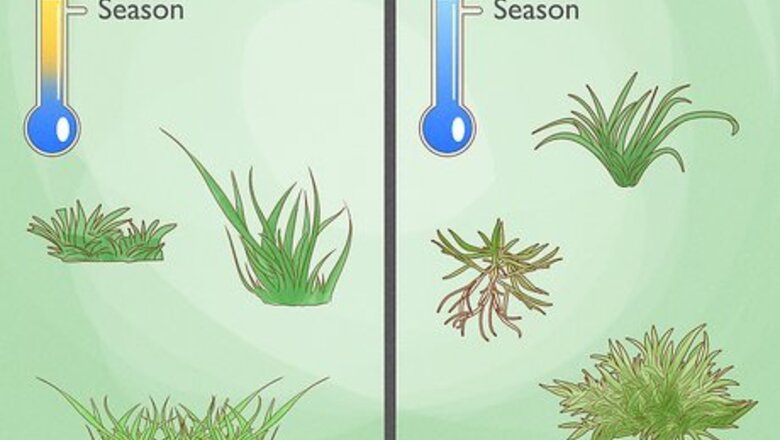
views
Determining When It's Time to Aerate Your Yard

Know what kind of grass you have. Different types of grasses grow most actively during certain seasons of the year. It's best to aerate your lawn just before or during your lawn's most active period of growth, so that the grass will grow back quickly and recover from the aeration process. Warm-season grasses like buffalo grass, Bermuda grass and St. Augustine grass grow most actively during the summer. If you have warm season grass, it's best to aerate in the late spring to early summer. Cool-season grasses like Kentucky bluegrass, fescue and ryegrass have their most active growing season in the fall, when the temperature drops. Aerate cool season grass at the end of the summer or the beginning of fall. Just make sure you aerate early enough that you allow the lawn to recover from aeration for a month or so before the first frost hits.
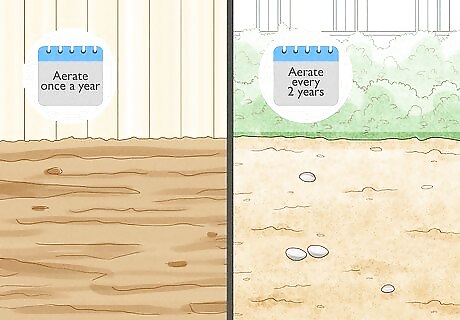
Know what type of soil you have. Clay-heavy soils need to be aerated frequently, about once a year, since the soil tends to be dense and compact. Sandy soils can be aerated every two years or so.

Know your lawn habits. Do you drive on your lawn often, or frequently have large groups of people walking over it? Lawns that are trampled often need to be aerated once a year to prevent the soil from getting too compact. Have you recently reseeded your lawn? It's best not to aerate within a year of reseeding, since the grass needs time to get strong. Test your lawn's need for aeration by examining how deep the grass's roots extend into the soil. If the roots don't go deeper than two inches, you should aerate the soil. You can check using a soil probe, single core probe, a heavy, long shanked screwdriver, or a small spade.
Preparing to Aerate Your Yard
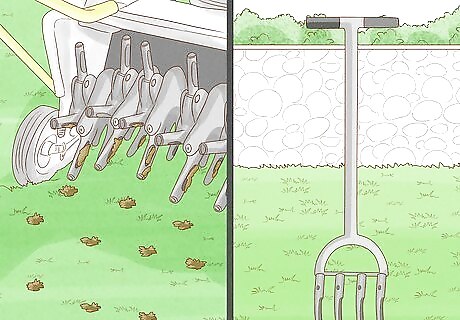
Decide which type of yard aerator to use. There are two types of aerators: power and manual. Choose the one that best fits your needs. A power yard aerator is a gasoline-driven machine that is best suited for large yards. This type of aerator uses a spike system to poke holes in the soil or a coring system that pulls plugs of soil out of the ground to allow for water and nutrient absorption. You can rent a power yard aerator from a landscape company by the day for a small fee. Talk with your neighbors about splitting the cost of the rental and sharing the machine. A manual yard aerator works more efficiently on small yards or heavily-trafficked areas of a lawn. Two types of manual yard aerators exist: a coring-style aerator that uses a cylinder to remove cores of earth and a spike-type of aerator that rolls over patches of lawn to insert holes without extracting soil. Lawn-care specialists and enthusiasts promote the core-style of yard aerators, as these types promote the best water and nutrient absorption.
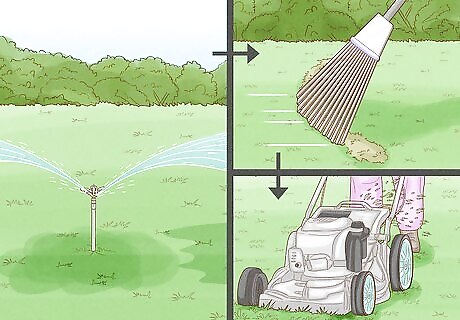
Prep the yard for aeration. Yard aerators work best on cleared, mowed yards. If you have sprinklers, then turn them on for a short time first and mark where each on is so that you can avoid them. Rake debris like leaves, sticks and other plant matter from the yard to make sure nothing obstructs the path of the aerator. Mow the yard before you aerate to ensure the aerator has easy access to the ground. If your lawn mower doesn't contain a bag to catch the grass clippings, rake them up and discard or compost them when you are finished mowing.
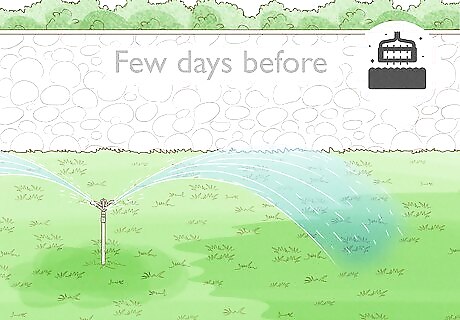
Check the moisture level of your yard. If your region has been dry lately, Water your lawn for a few days before you aerate the yard to soften tough soil. Manual and power yard aerators perform more efficiently on softened earth. However, core aerators perform better on dry soil because the corer will not pull the plug out if it is too wet and aeration holes will seal shut.
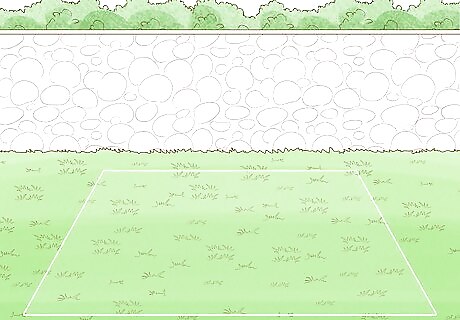
Know which areas of your yard are the most trafficked. Plan to go over those areas with your aerator more than once to ensure you sufficiently aerate that section of yard.
Aerating the Yard
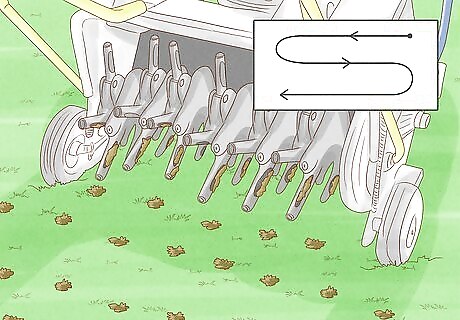
Position the yard aerator in one corner of the yard. Move it from one side of the yard to the other in even rows until the whole area is properly aerated. Don't cover the entire yard more than once. Only double over areas that need extra aeration. If your yard requires further aeration, run the yard aerator in the opposite direction from the first pass you took to maximize aeration. Leave the cores of earth alone after you aerate. These cores will compost over time and benefit your yard with nutrients. Keep in mind that it might look unsightly for a little while. If someone asks about it, then you can just make a joke and say you have very healthy earthworms.
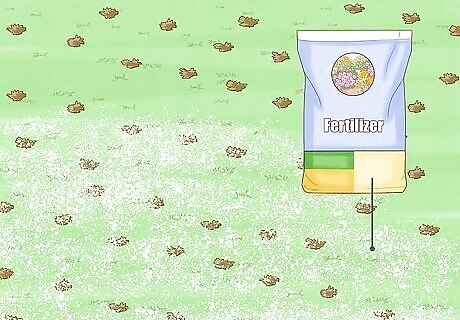
Fertilize your yard after you aerate it. Spread compost, sand, peat moss, or another fertilizer over your yard to help your lawn spring back from aeration. The fertilizer will be absorbed easily through the newly-made holes.















Comments
0 comment